How does MEDDICC compare against other qualification frameworks?
The first thing to note is that MEDDICC is different from most qualification frameworks for one fundamental reason:
MEDDICC sees the qualification as a process that occurs throughout your deal’s lifecycle. In contrast, most other frameworks see qualification as a one-time event or a stage that you have to pass.
An excellent example of the divide between MEDDICC and other frameworks can be found by comparing MEDDICC to BANT, which is the most popular qualification framework used by sellers.
MEDDICC versus BANT
IBM developed BANT in the 1950’s, and despite being over 60 years old, BANT is still widely used by sellers and for a good reason. BANT quickly orientates the seller onto four elements that will quickly help to identify if the customer is qualified to buy.
BANT is based on the acronym:
B – Budget: Does the customer have the budget available to them?
A – Authority: Does the customer have the authority to buy?
N – Need: Does the customer have enough need (pain) to buy?
T – Timing: Does the customer know when they are going to buy?
The fundamental difference between BANT and MEDDICC is that once you have satisfied the BANT elements, it is unusual for it to be referenced again in your deal. Whereas MEDDICC helps Sellers qualify if they should be in a deal at the start, and it allows Sellers to continuously qualify, not just whether they should be in the deal but whether they are on top or behind.
While it is hard to argue against the concept that two sales qualification frameworks are similar, BANT vs MEDDIC is like comparing travelling to the shops on your bike to going to the moon in a rocket. Both take you from one place to another, but the level of detail is vastly different.
I do not mean to be derogatory of BANT. It is a highly useful framework to empower SDRs and Inside Sellers to obtain an early steer on an opportunity, but at Enterprise level selling, it leaves a lot to be desired.
My favorite analogy is to imagine if selling was a computer game, BANT would represent the EASY difficulty setting. In contrast, MEDDICC would be towards the more difficult settings, and when used correctly, it would be the highest difficulty setting, where only Elite Sellers can play to its full potential.
Perhaps I should have renamed this book ‘How to go from Amateur to Elite in the Game of Sales’.
Other Qualification Frameworks are Available
BANT isn’t the only other qualification framework; in recent years, there have been many new frameworks that come out with the promise to replace BANT. Unfortunately for the reasons described earlier in this chapter and illustrated below, these frameworks still miss the mark as they serve qualification as if it is a binary state that once passed needs no further consideration.
CHAMP differentiates itself over BANT because it focuses on the Challenge (CH) first. From there, it is pretty similar to BANT.
The A stands for authority as it does in BANT.
The M stands for Money, which is the same as Budget in BANT.
The P is for Prioritization, which is Timing in BANT.
Part of me wonders whether CHAMP would exist if it didn’t sound better than NATB, which is BANT re-ordered to follow the process as CHAMP says it should be done.
My perspective is that you shouldn’t be linearly following any qualification acronym anyway, that is not going to be a pleasant experience for the customer who will feel like they are being pushed through a scripted process. Instead, sellers should look to have a fluid conversation where they are focused on helping the customers themselves towards qualification.
GPCTBA/C&I
I debated putting this framework in the book because I envisaged someone picking the book up at the bookstore and skimming to this page and thinking that there was some glaring typo. Believe it or not, GPCTBA/C&I is a genuine framework (and not created by a cat walking across someone’s keyboard).
It was developed within HubSpot and stands for: Goals, Plans, Challenges, Timeline, Budget, Authority, Negative Consequences, and Positive Implications.
What I like about GPCTBA/C&I is that by the very nature of the number of information elements it needs, it is likely that sellers will be taking GPCTBA/C&I with them further than the initial engagement.
What I don’t like about GPCTBA/C&I is that it doesn’t do too much more than BANT in terms of qualification. The Goals, Plans, and Challenges can all be covered by Need in BANT. The Budget and Authority are the same, and the Negative Consequences and Positive Implications fit less into qualification and more into part of a sales methodology or value framework.
HubSpot has enjoyed incredible success and has been led by some of the sharpest sales leaders in the business, and this framework has been designed to suit both their type of customer and how they sell.
While it does go further into the sales funnel than most other qualification frameworks, it doesn’t tackle any of the qualification criteria relating to the customer’s process of how they get a deal done internally and how you as a seller can plan and align to that. For this reason, this framework still leaves a lot to be desired for enterprise selling.
FAINT and ANUM
FAINT (Funds, Authority, Interest, Need, and Timing) and ANUM (Authority, Need, Urgency, Money) are just variations of BANT. Again, these frameworks emphasize BANT’s shortfalls as the order of the acronym, although FAINT is pretty much identical except for emphasizing Interest separately from need.
Qualify to the End
On the one hand, it is good to see so much consistency across the five alternative qualification frameworks. Fundamentally they all focus on finding Budget/Money/Funds, Authority, Need/Interest/Goals/Plans/Challenges, and Timing/Urgency.
However, on the other hand, non of these solutions are fit for anything else in enterprise sales except for early qualification by the SDR before passing the opportunity over to the seller.
Once a deal passes through the criteria set out by these frameworks the deal is going to be off the rails in terms of qualifying the following key elements:
Metrics
What are the Metrics which the decision-making committee is going to use to evaluate your solution’s value? Do we have them? Are they strong enough?
Economic Buyer
While Authority may help identify who has the authority, it leaves an opaque view of who is who. With most ‘Authority’ based strategies, all roads lead to the Champion and qualifying if they have authority.
Decision Criteria
What are the Criteria on which the customer is basing their decision? How do you score against it? Should you be in this deal?
Decision Process
The big one that is missing along with the Paper Process, is what are the stages ahead, and how can you set yourself up to accelerate through the process? This is much more than just a timeline of events; it involves stakeholders, third parties, dependencies, and more.
Implicate the Pain
You could argue that Pain is well covered within Need/Interest/Goals/Plans/Challenges, but in MEDDICC, it is much more than just about identifying the Pain. It needs to be implicated upon the customer, so they feel the scale of the problem they have.
Champion
Generally, the Champion is covered by Authority, which generally tends to focus on testing the Champion’s power and influence within their organization. The problem is it tends to stop there. Most Champions will tell you they have all the Authority you need. The truth is they rarely do.
Competition
None of the above qualification frameworks pay any attention to Competition. Neither did the original version of MEDDICC when it was created decades ago. But qualifying your Competition’s position in your deal in the early stages and maintaining a focus on qualifying their position throughout is a critical element of MEDDICC.
With the qualification frameworks above, you are effectively on your own once you pass your deal’s early stage. This puts a considerable risk on your forecast as enterprise deals change shape and size throughout their lifecycle. What was once qualified by BANT or its variations becomes outdated or irrelevant, particularly as you move throughout the Decision Process and into the Paper Process.
BANT and MEDDICC are not Enemies
All of this said BANT and MEDDICC are not enemies of each other. They can and do cohabit together. Many hugely successful sales teams will use both BANT and MEDDICC in their sales processes with SDR’s using BANT to obtain an initial qualification on deals they create before passing the deal over to a seller to work.
The rationale for this is usually that BANT is more user friendly for SDR’s and MEDDICC is too complicated for the initial engagement, which is, of course, true if you approach it as assuming you need to answer every element of it. This misunderstanding represents why many qualification frameworks, including BANT and MEDDICC, get a bad name because junior salespeople feel they need to check off answers to every element within every engagement with a customer. Being on the other side of this process feels like an interrogation for the customer and is unlikely to serve the desired results. Instead, sellers should adapt their approach to allow for a conversation that focuses on uncovering the qualification elements not just for their own needs but also for helping the customer understand theirs.
Nobody has ever described this better than Ron Willingham did in his book ‘Integrity Selling for the 21st Century’:
“The art of persuasion is a paradox. The more we attempt to persuade people, the more they tend to resist us. But the more we attempt to understand and create value for them, the more they tend to persuade themselves.” - Ron Willingham – Integrity Selling for the 21st Century
Within the Discovery chapter of ‘MEDDICC – The Book‘, we discuss how to have sales conversations that uncover useful information for the seller while helping to move the buyer’s mindset into a position where you can help them better understand their goals, challenges, and pains.



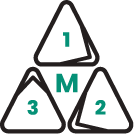

.png)





.png)








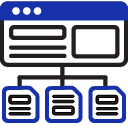

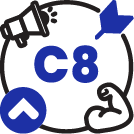










%201.png)








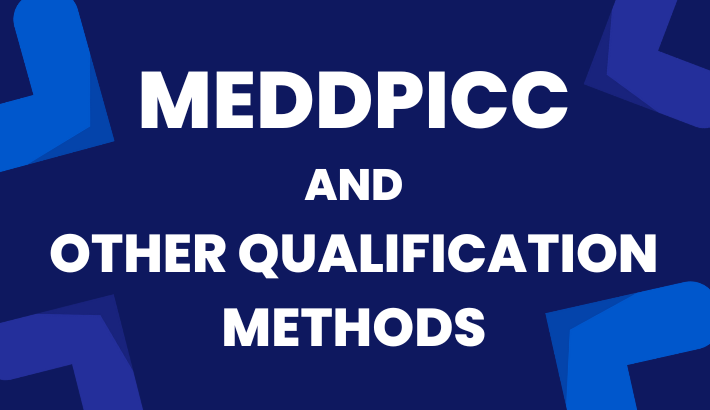

.png)
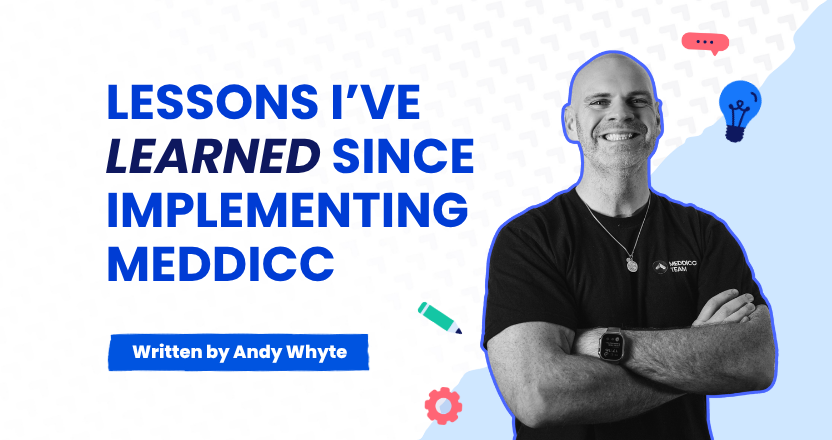
.png)
